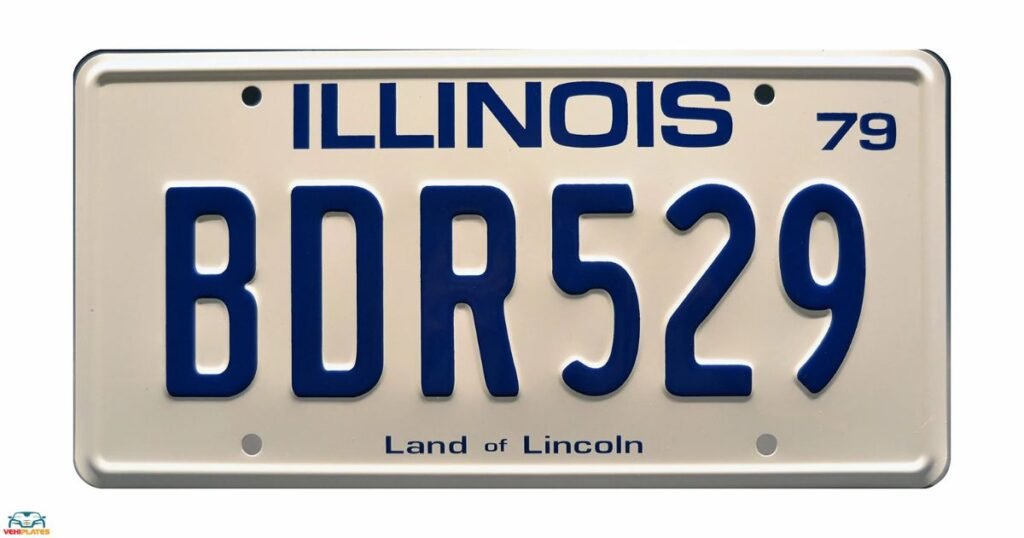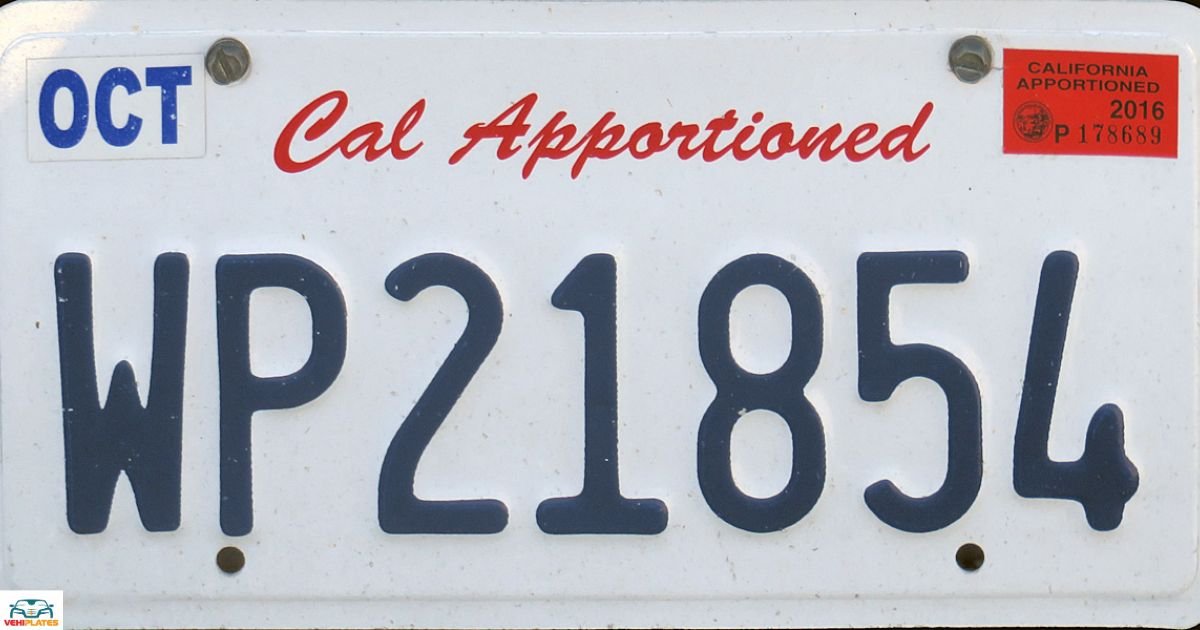In the realm of vehicle registration, apportioned license plates are a crucial element, particularly for commercial vehicles. Understanding what an apportioned license plate entails is essential for trucking companies, fleet managers, and anyone involved in interstate commerce.
This article aims to delve into the meaning, significance, and application of apportioned license plates.
Understanding License Plate Apportionment
An apportioned license plate, also known as an apportioned registration or IRP (International Registration Plan) registration, is a specialized type of vehicle registration utilized for commercial vehicles that operate across multiple jurisdictions.
Instead of obtaining separate registrations for each state or province a vehicle travels through, an apportioned registration allows for a single registration that is recognized across multiple jurisdictions.
Why Apportioned License Plates Are Necessary

Interstate Commerce: With the vast network of highways crisscrossing the United States and other countries, commercial vehicles often traverse multiple states or provinces during their operations. Apportioned license plates streamline the registration process, ensuring compliance with regulations in various jurisdictions.
Cost Efficiency: Acquiring separate registrations for each state or province a vehicle operates in can be financially burdensome for businesses. Apportioned license plates offer a cost-effective solution by consolidating registration fees based on the vehicle’s mileage allocation across jurisdictions.
The International Registration Plan (IRP)
The International Registration Plan (IRP) is an agreement among U.S. states, the District of Columbia, and Canadian provinces for the registration of commercial vehicles traveling across jurisdictions.
Established in 1973, the IRP facilitates the apportioned registration of commercial vehicles, simplifying the process for both vehicle owners and regulatory authorities.
How Apportioned Registration Works
| Steps in Apportioned Registration | Description |
| 1. Registration Application | Submit application for apportioned registration. |
| 2. Mileage Reporting | Provide accurate mileage breakdown by jurisdiction. |
| 3. Payment of Fees | Pay registration fees based on mileage allocation. |
| 4. Issuance of License Plates | Receive apportioned license plates and cab card. |
Understanding the process of apportioned registration involves several key steps, including submitting an application, reporting mileage, paying fees, and receiving the necessary documentation.
Benefits of Apportioned License Plates

Simplified Registration: Instead of navigating the complexities of registering vehicles separately in each jurisdiction, businesses can streamline the process by obtaining apportioned license plates. They can ensure compliance by understanding requirements such as ‘How To Turn On License Plate Lights?’
Compliance: Apportioned license plates ensure compliance with regulations governing commercial vehicles operating across state or provincial lines, reducing the risk of fines or penalties for non-compliance.
Eligibility for Apportioned Registration
Commercial Use: Apportioned registration is typically reserved for vehicles engaged in interstate commerce or cross-border operations. This includes trucks, trailers, buses, and other commercial vehicles used for transporting goods or passengers.
Qualifying Criteria: Vehicles must meet certain criteria to be eligible for apportioned registration, such as having a gross vehicle weight exceeding 26,000 pounds or having three or more axles.
Application Process
Obtaining apportioned registration involves several steps:
Registration Application: Vehicle owners or operators must submit an application for apportioned registration. This is typically done through the appropriate regulatory authority, such as the state department of motor vehicles or a designated agency.
Mileage Reporting: Applicants must provide accurate mileage information. This includes the total distance traveled and the mileage breakdown by jurisdiction.
Payment of Fees:The jurisdiction’s fee schedule specifies factors such as mileage allocation to calculate registration fees. After paying the fees, the authorities issue apportioned license plates and a cab card for the vehicle.
Renewal and Compliance
Vehicle owners must renew apportioned registration annually and must maintain accurate records of mileage and other relevant information. Non-compliance with IRP regulations can result in fines, penalties, or the suspension of apportioned registration privileges.
FAQ’s
Do I need apportioned registration for vehicles used solely within one state?
No, apportioned registration is specifically for vehicles that operate across multiple jurisdictions.
How are registration fees calculated for apportioned license plates?
We calculate registration fees based on the vehicle’s mileage allocation across different jurisdictions.
Can I renew apportioned registration online?
Yes, many states offer online renewal services for apportioned registration to streamline the process for vehicle owners.
Conclusion
Apportioned license plates play a vital role in facilitating interstate commerce and ensuring regulatory compliance for commercial vehicles.
Apportioned registration streamlines the registration process. It offers a cost-effective solution for businesses and supports efficient fleet operation, contributing to the smooth flow of goods and services across jurisdictions.
Businesses involved in the transportation industry must understand the significance of apportioned license plates. It enables them to navigate regulatory requirements effectively and minimize operational challenges.










